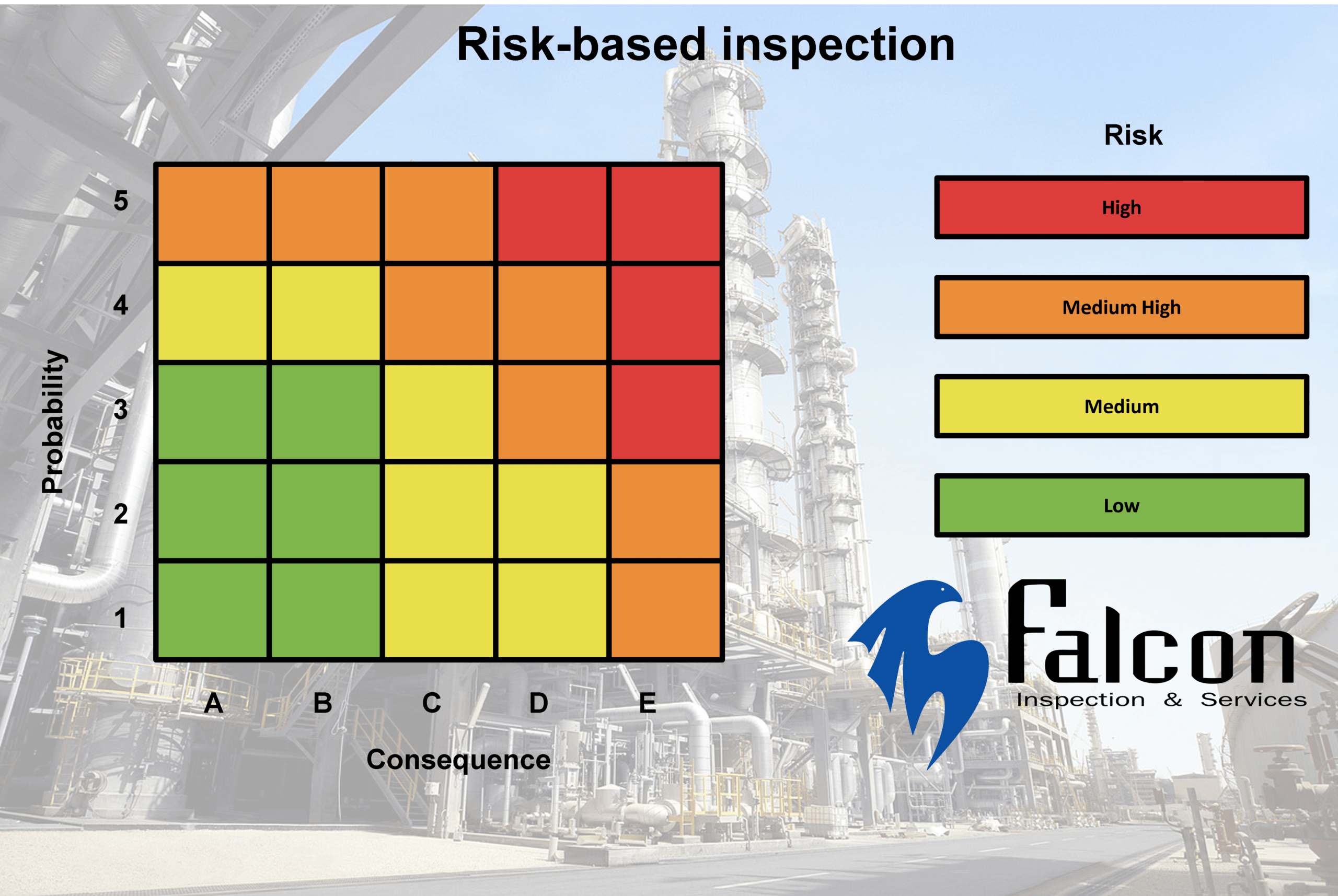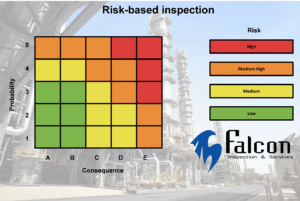
What is Risk-Based Inspection (RBI) ?
A risk-based inspection (RBI) is a type of inspection that focuses on identifying and assessing the potential risks associated with a particular piece , ;of equipment or system.
The goal of an RBI is to prioritize inspection efforts based on the potential consequences of a failure and the likelihood of such a failure occurring.
The specific steps involved in conducting a risk-based inspection may vary depending on the specific equipment or system being inspected and the organization conducting the inspection.
However, generally speaking, the process may involve the following steps:
-1 Identify the equipment or system to be inspected:
The first step in conducting an RBI is to identify the specific equipment or system that will be the focus of the inspection. This may involve reviewing records or conducting interviews with relevant personnel to determine which equipment or systems are most critical to the organization’s operations.
-2 Assess the potential risks associated with the equipment or system:
The next step is to assess the potential risks associated with the equipment or system. This may involve identifying the potential consequences of a failure, such as damage to property or harm to personnel, as well as the likelihood of such a failure occurring.
-3 Develop a plan for the inspection:
Once the potential risks have been identified and assessed, the next step is to develop a plan for the inspection. This may involve determining the specific areas of the equipment or system that will be inspected, as well as the specific methods and tools that will be used to conduct the inspection.
-4 Conduct the inspection:
The next step is to conduct the inspection according to the plan developed in the previous step. This may involve visual inspections, testing, and other methods to evaluate the condition of the equipment or system and identify any potential risks.
-5 Document the results of the inspection:
After the inspection has been completed, the next step is to document the results. This may involve creating a report that details the findings of the inspection, including any potential risks that were identified and any recommendations for addressing those risks.
-6 Implement any necessary corrective actions:
The final step in the RBI process is to implement any necessary corrective actions to address any potential risks that were identified during the inspection. This may involve repairing or replacing equipment, implementing new procedures, or taking other steps to reduce the likelihood of a failure occurring.
Overall, the risk-based inspection process is designed to help organizations prioritize their inspection efforts and focus on the equipment or systems that pose the greatest potential risks to their operations. By identifying and addressing these risks, organizations can help prevent equipment failures and reduce the potential consequences of such failures.
Falcon Inspection & Services has worked successfully on multiple RBI projects throughout the whole process thanks to its API 580.
we offer also API 580 training sessions to prepare candidates to pass the API exam with our partner WTC. If you would like to learn more visit http://www.wtctunisie.com

